Imagine standing in a kitchen, the faint sizzle of dinner cooking in the background, as a realization hits: the very tools we use to nourish ourselves might be harming both our health and the planet. This isn’t a far-fetched concern. Nonstick pans and plastic utensils, staples in many American homes, often harbor hidden risks like toxic coatings and microplastic shedding. Enter eco cookware swaps—a growing movement to replace these items with safer, more sustainable alternatives. As awareness spreads in 2025, more people are rethinking what fills their kitchen drawers. From cast iron skillets to bamboo spatulas, these swaps promise to cut down on environmental damage while reducing exposure to harmful chemicals. But what exactly should you switch out, and why does it matter? Let’s unpack nine practical, climate-friendly options that prioritize both personal and planetary well-being.
1. Ditch Nonstick Pans for Cast Iron
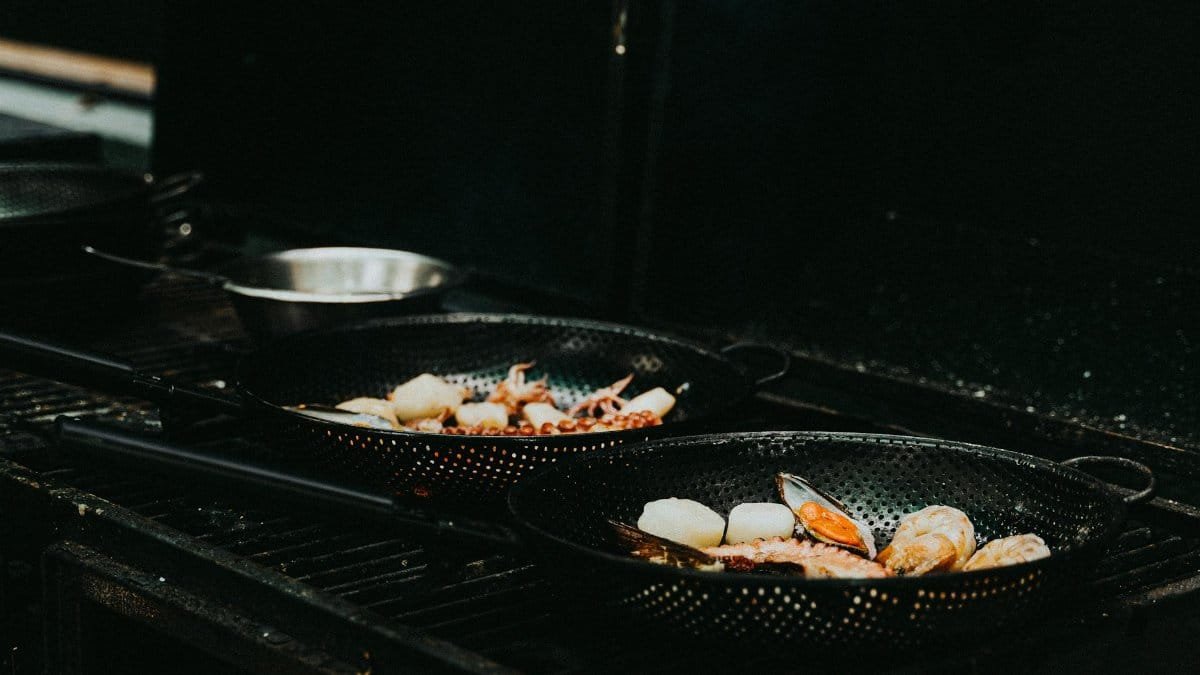
The glossy allure of nonstick pans often hides a troubling reality. Many rely on PTFE (polytetrafluoroethylene), a coating that can release toxic fumes when overheated. Worse, it’s a “forever chemical,” persisting in the environment for centuries. Cast iron, by contrast, offers a rugged, toxin-free alternative. It’s durable, naturally nonstick with proper seasoning, and can last generations—reducing the need for frequent replacements that clog landfills. A 2021 report from the Environmental Protection Agency highlights the persistence of PFAS chemicals like PTFE in ecosystems, underscoring the urgency of such swaps. One home cook recently shared a vivid memory of reviving a rusty family heirloom skillet, turning it into their go-to pan. It’s a small act, but multiplied across households, it chips away at waste and exposure risks.
2. Swap Plastic Cutting Boards for Wood or Bamboo
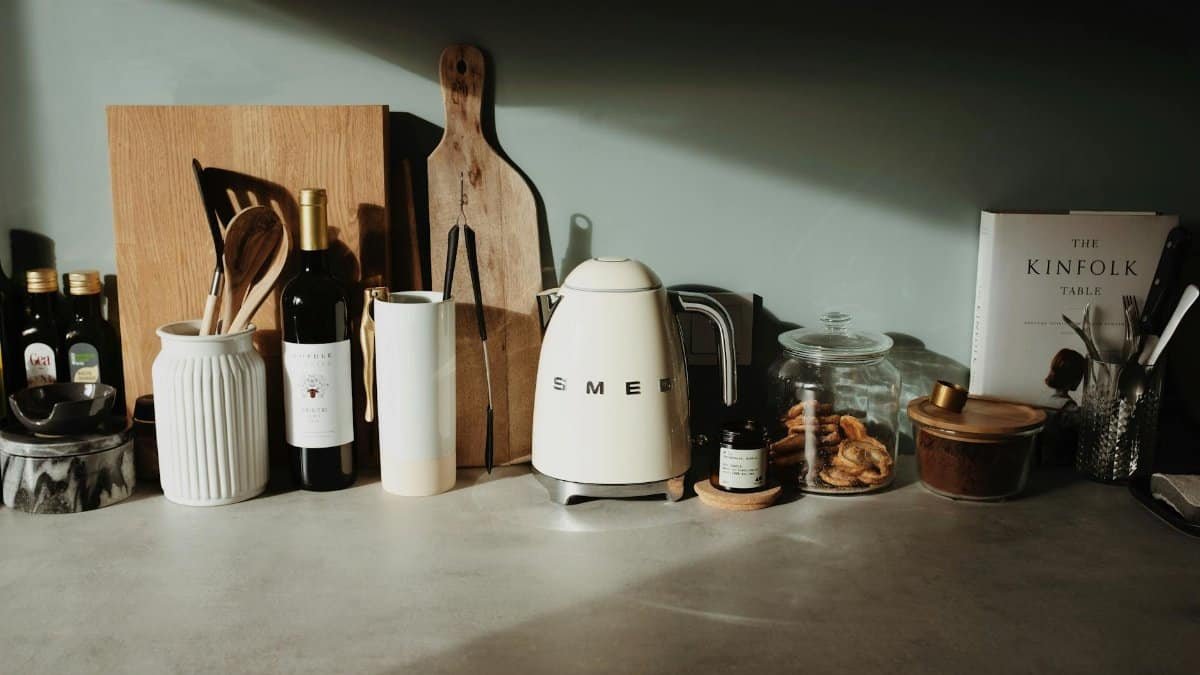
Plastic cutting boards might seem convenient, but they’re a sneaky source of microplastics. Each slice risks releasing tiny particles into your food, a concern backed by research from the National Institutes of Health, which found microplastics in human blood samples in 2022. Wooden or bamboo boards, sustainably sourced, offer a safer bet. They’re biodegradable, gentler on knives, and often have natural antimicrobial properties. Yes, they require more care—regular oiling, no dishwasher—but the trade-off is worth it. Picture a worn bamboo board on a countertop, its scratches telling stories of countless meals, all without leaching invisible toxins.
3. Replace Silicone Spatulas with Stainless Steel or Wood

Silicone utensils are often marketed as heat-resistant and eco-friendly, but their production involves energy-intensive processes, and they’re not always recyclable. Over time, they can degrade, potentially releasing harmful compounds. Stainless steel or wooden alternatives sidestep these issues. Steel is endlessly recyclable and tough as nails, while wood, especially bamboo, grows quickly and decomposes naturally. A quick glance at waste statistics from the EPA’s Materials and Waste Facts shows how non-recyclable kitchen items contribute to landfill bloat. Making this switch feels like a quiet rebellion against throwaway culture.
4. Trade Plastic Storage Containers for Glass
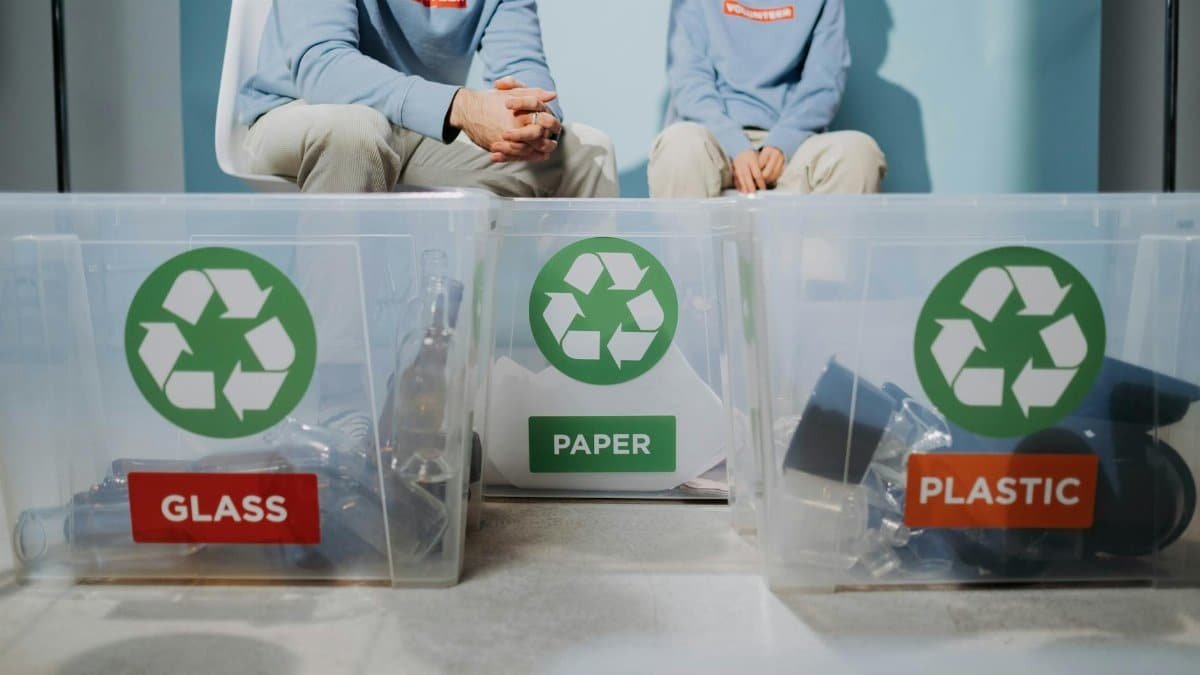
Plastic containers, even those labeled BPA-free, can still leach chemicals into food, especially when heated. Studies summarized by the Harvard T.H. Chan School of Public Health point to ongoing risks from plastic additives. Glass containers, on the other hand, are inert, reusable, and recyclable. They’re heavier, sure, but they stack neatly and double as oven-safe dishes. One online account described the relief of finally tossing warped, stained plastic for sleek glass jars—a visual and practical upgrade. It’s a swap that cuts toxin exposure while trimming plastic waste from the kitchen equation.
5. Opt for Ceramic-Coated Cookware Over Aluminum

Uncoated aluminum pots and pans can react with acidic foods, leaching metal into meals—a subtle but real health concern. Ceramic-coated options provide a non-reactive, often nonstick surface without the chemical baggage of PTFE. They’re not perfect; the coating can chip if mishandled. Still, their production tends to have a lower carbon footprint than aluminum-heavy alternatives. Choosing ceramic feels like striking a balance—safer for you, kinder to the earth. It’s a mindful pivot away from reactive materials that quietly compromise health.
6. Switch to Beeswax Wraps Instead of Plastic Wrap
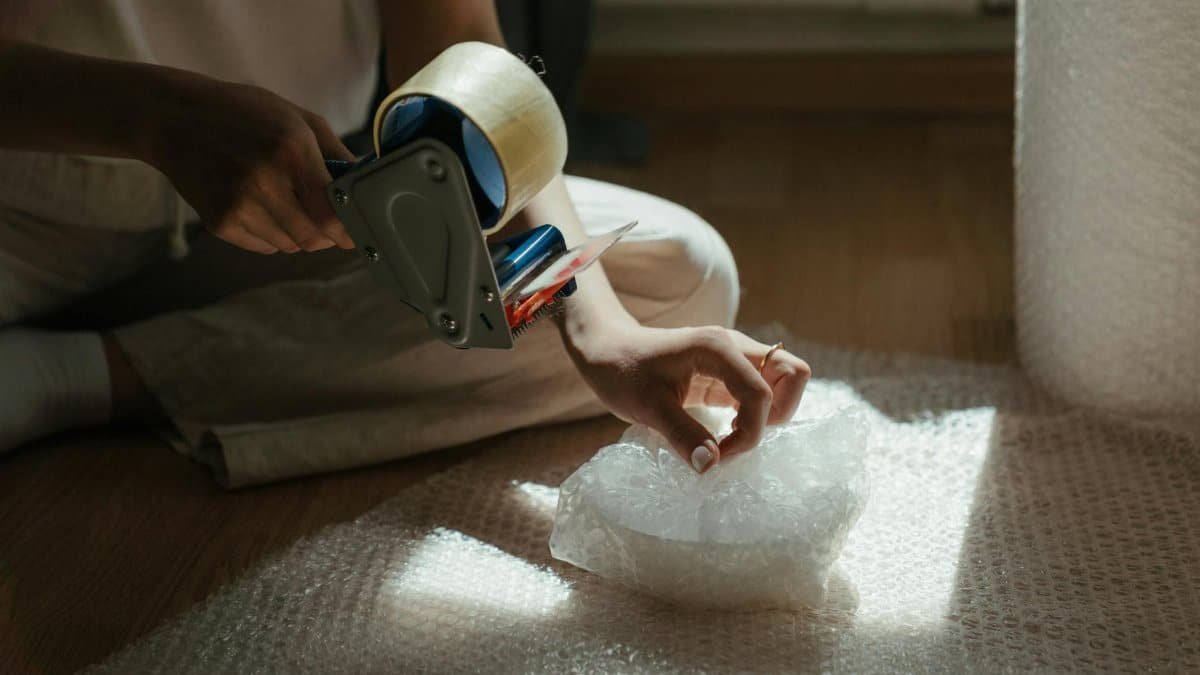
Plastic wrap is a single-use disaster, piling up in landfills and oceans while potentially leaching chemicals into food. Beeswax wraps, made from cotton coated with wax and natural oils, are a reusable, compostable stand-in. They mold to bowls or sandwiches with the warmth of your hands, and a quick rinse keeps them ready for reuse. Their quirky patterns add a bit of charm to leftovers. Data from the Pew Charitable Trusts reveals the staggering scale of plastic pollution, with kitchen habits playing a role. This swap shrinks that footprint, one sandwich at a time.
7. Use Stainless Steel Baking Sheets, Not Disposable Foil
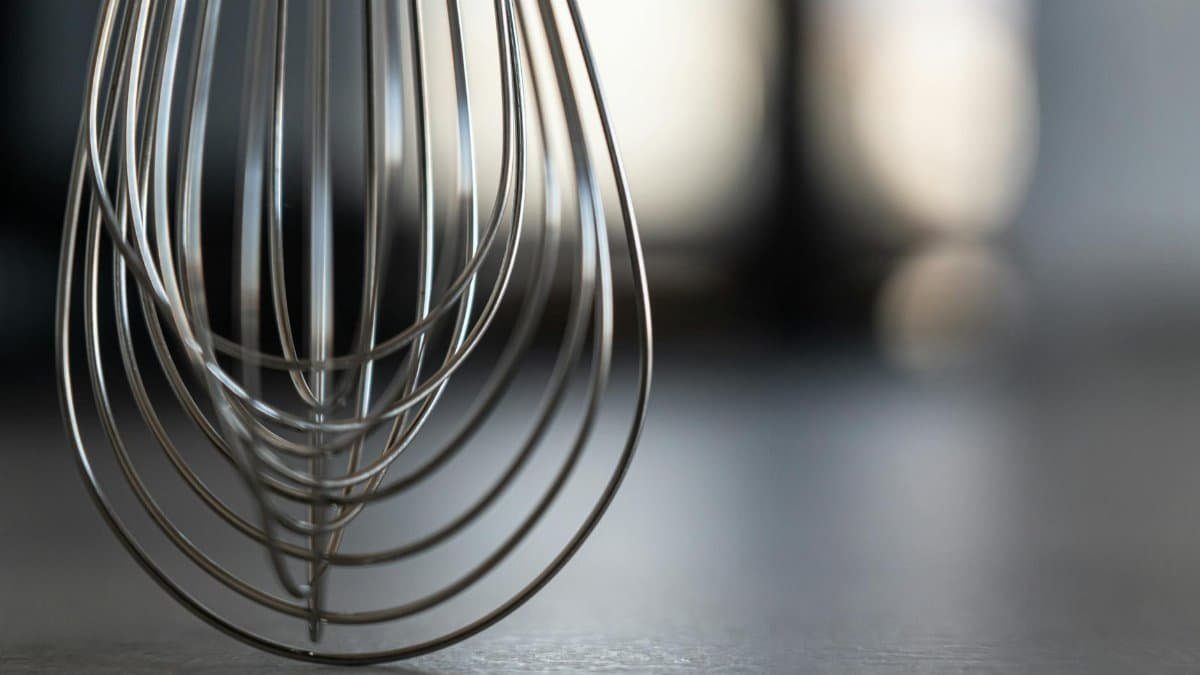
Aluminum foil is a go-to for quick cleanups, but it’s rarely recycled and often ends up as waste. Stainless steel baking sheets, though pricier upfront, pay off over years of use. They distribute heat evenly, resist warping, and scrub clean with minimal fuss. Think of the countless foil sheets spared from the trash with just one purchase. It’s a practical move that aligns with broader efforts to cut single-use items from daily life, especially as municipal recycling programs struggle with mixed materials.
8. Choose Wooden or Bamboo Cooking Spoons Over Plastic
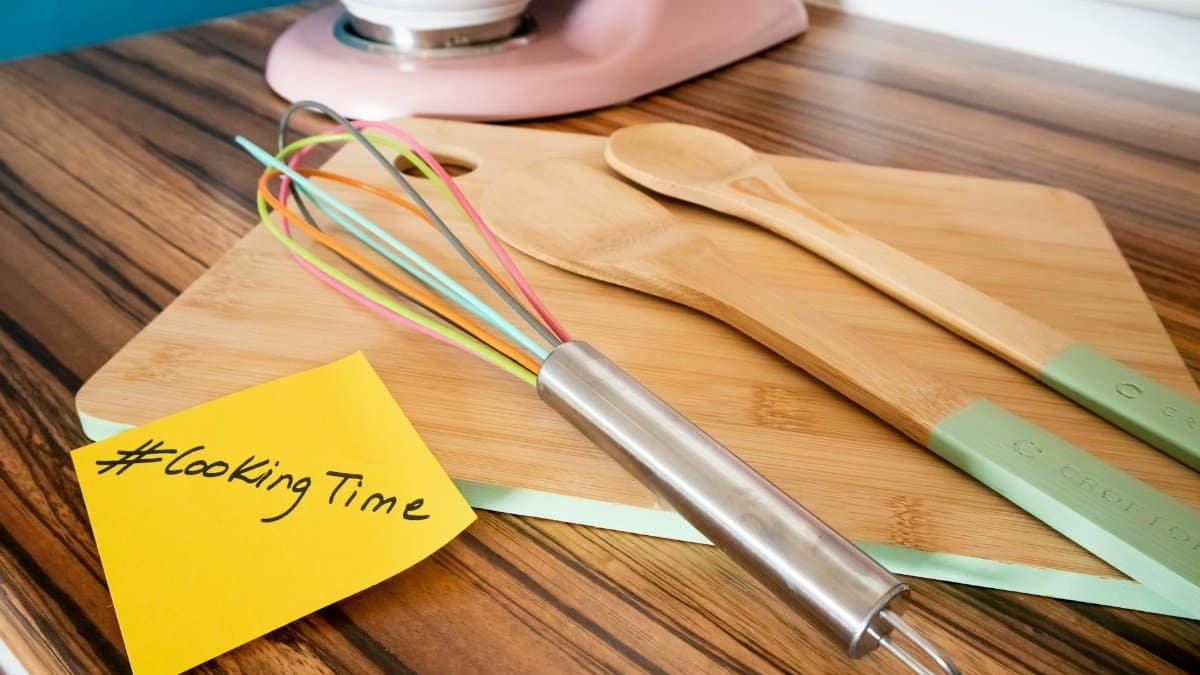
Plastic cooking spoons can melt or degrade under heat, releasing questionable compounds into your soup. Wooden or bamboo spoons, carved from renewable resources, handle heat without drama. They’re lightweight, don’t scratch pans, and bring a tactile warmth to stirring. True, they can crack if neglected, but with basic care, they endure. A fleeting image comes to mind: a grandmother’s weathered wooden spoon, passed down, still mixing batter today. It’s a reminder that small, sustainable choices carry weight beyond the kitchen.
9. Embrace Carbon Steel Woks as a Nontoxic Alternative

Traditional nonstick woks often carry the same PTFE risks as pans, but carbon steel offers a sturdy, naturally seasoned substitute. It’s lighter than cast iron, heats quickly, and builds a patina over time that rivals any chemical coating. Carbon steel requires upkeep—drying thoroughly, occasional seasoning—but it’s a skill worth learning. Its longevity and minimal environmental toll make it a standout among eco cookware swaps. For stir-fry enthusiasts, it’s a gateway to healthier, greener cooking without sacrificing performance.
Stepping back, these nine swaps aren’t just about replacing objects. They reflect a broader shift in 2025 toward kitchens that nurture rather than harm. Each choice, from glass jars to carbon steel woks, chips away at the twin burdens of toxin exposure and environmental strain. It’s not always easy—some swaps cost more upfront or demand new habits. Yet the payoff is tangible: safer meals, less waste, a lighter footprint. As more Americans adopt eco cookware swaps, the collective impact grows. Maybe it starts with a single cast iron skillet or a set of beeswax wraps. Whatever the first step, it’s a move toward a kitchen that sustains in every sense of the word.
